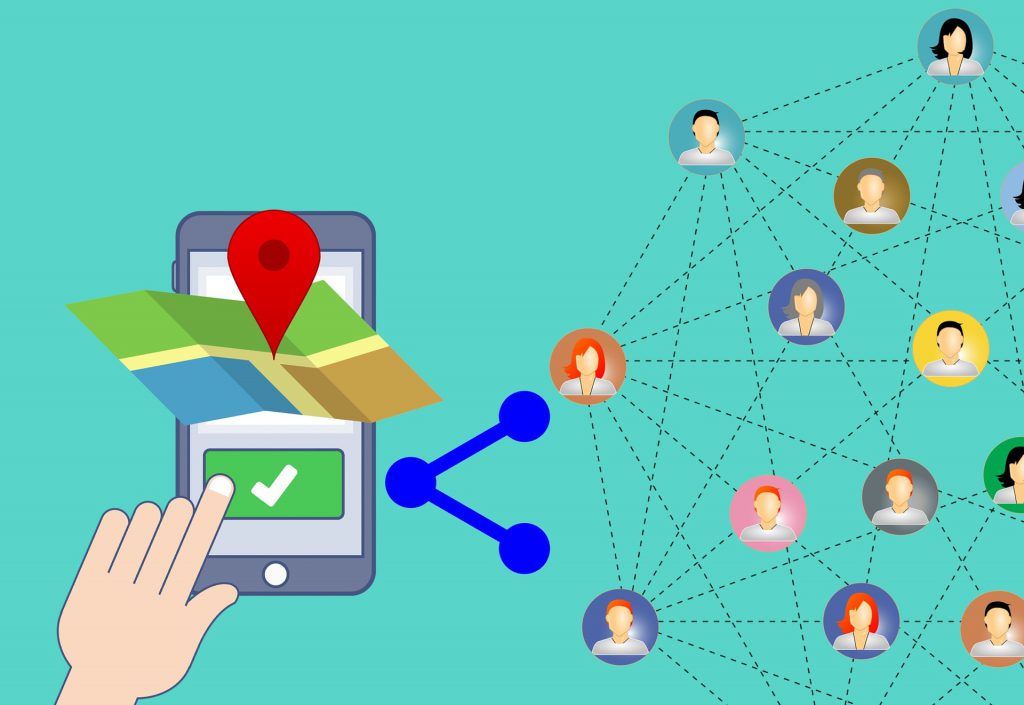Traditionally, law enforcement agencies have used witness statements, physical evidence, and information gathering to solve crimes. But now, thanks to technological advancements, police have found new tools to solve crimes.
Health-Tracking Data Convicts Step-Father
Fitness trackers are increasingly providing useful evidence to law enforcement. Last year, Fitbit data led to the arrest of a 90-year-old California man for the murder of his stepdaughter; Karen Navarra.
When questioned, Anthony Aiello told police that he last saw Karen Navarra five days before her body was discovered by a coworker and that he had been at her house for a brief visit and to drop off homemade pizza and biscotti.
What he didn’t realize was that Navarra was wearing her Fitbit. The gadget recorded her heart-rate spiking significantly around 3:20 pm, when he was at her house, then her heart rate rapidly declining, before stopping at 3:28 pm; about five minutes before Mr. Aiello left the house.
After her wearable tech pinpointed her time of death as coinciding with the visit from her stepfather, which was also recorded by surveillance cameras, authorities charged Aiello with Navarra’s murder.
As fitness gadgets become more popular, law enforcement will only have more and more health data to help solve cases. For instance, iPhones have a built-in health app, which, once activated, calculates steps and measures heart rate. This data was used in a criminal case in Germany, when the suspect’s phone data showed “strenuous” activity that investigators linked to dragging a body and climbing stairs.
Google’s Location Data

Law enforcement officials across the US have been seeking information from a Google database to solve crimes. The giant tech stores location history in a database known as Sensorvault, which possesses records that span back a decade and include hundreds of millions of devices worldwide, according to the NYT.
In 2018, the home of a couple in Eden Prairie, Minnesota, was burgled. More than $50,000 in goods used in supermarkets they own was stolen and the homeowner, Oukham Oudavanh, had a fatal heart attack which was later ruled a homicide. However, because the intruders dressed in all black and wore gloves and masks, local police had difficulty in identifying leads.
Aware of the fact that Google maintains vast amounts of location data on its users, investigators went to court to obtain a smartphone data warrant. They asked a judge to order Google to identify all mobile devices that were active near the crime scene as well as near the couple’s supermarkets.
Detectives then used the victims’ home Wi-Fi network to create a geo-fence, a digital perimeter created using GPS data, to identify users who would have smartphone metadata linking them to the crime. Weeks after the warrant was authorized, three suspects were arrested and charged.
Cold Case Solved by NASA Technology

In 1991, Dawn Sanchez went missing from her motel in Los Altos, California. Her disappearance and death remained unsolved until, thanks to a little NASA robot, her murderer was sentenced to six years in prison.
Sanchez was last seen alive when she stepped into her boyfriend Bernado Bass’ car. A witness claimed that he then shot Sanchez “in a vacant lot after the two got into a fight.” The problem, however, was that there was no evidence to support the accusation: no car, no gun, and no body.
According to Insider, the case was reopened when an informant reported that the car may have been disassembled and buried in a large abandoned lot in Alviso. It was too expensive to excavate the entire area, so magnetic and ground-penetrating radar sensors from NASA identified “interest areas.” The car parts unearthed in these spots were found to be Bass’s and helped convict him of the crime.

